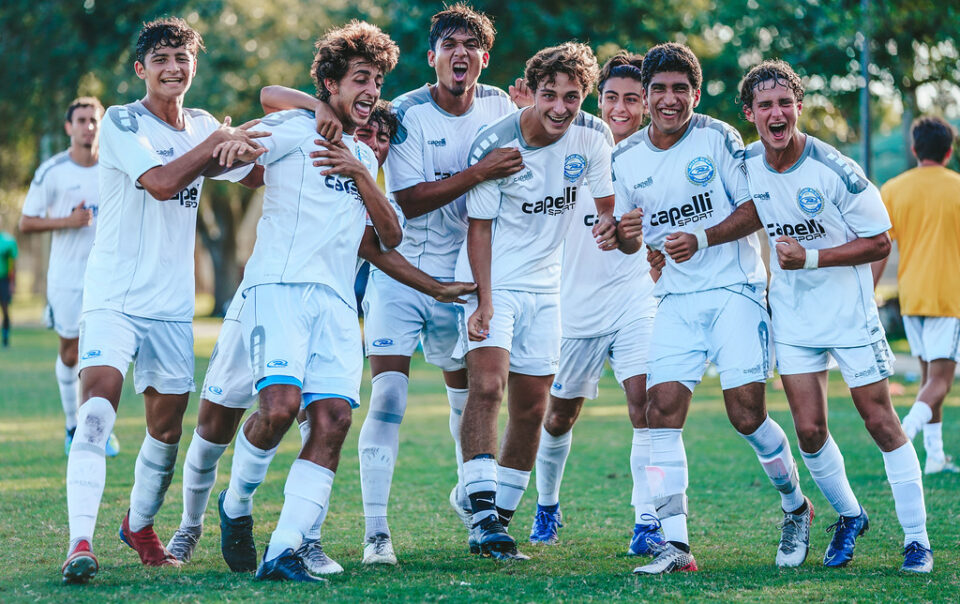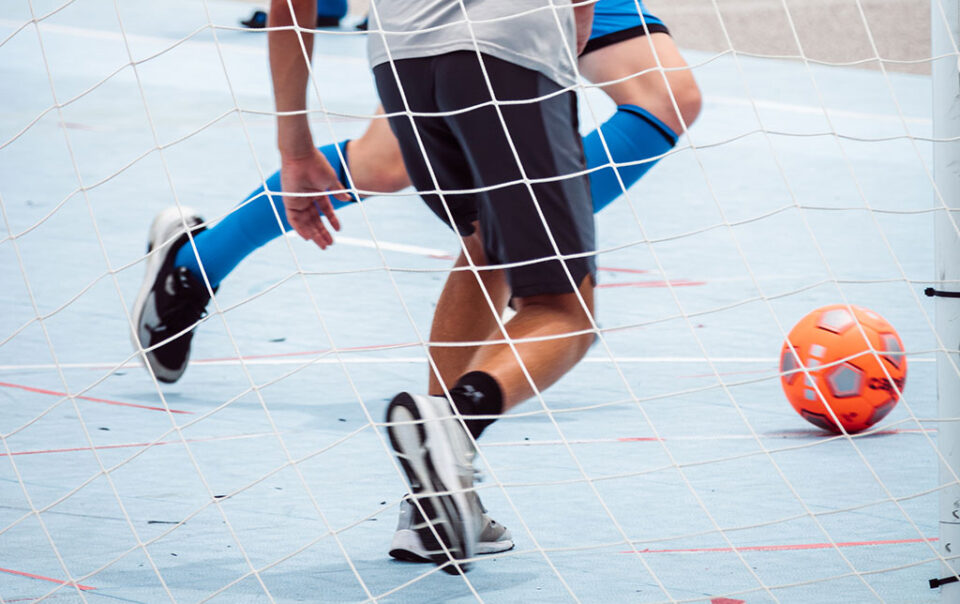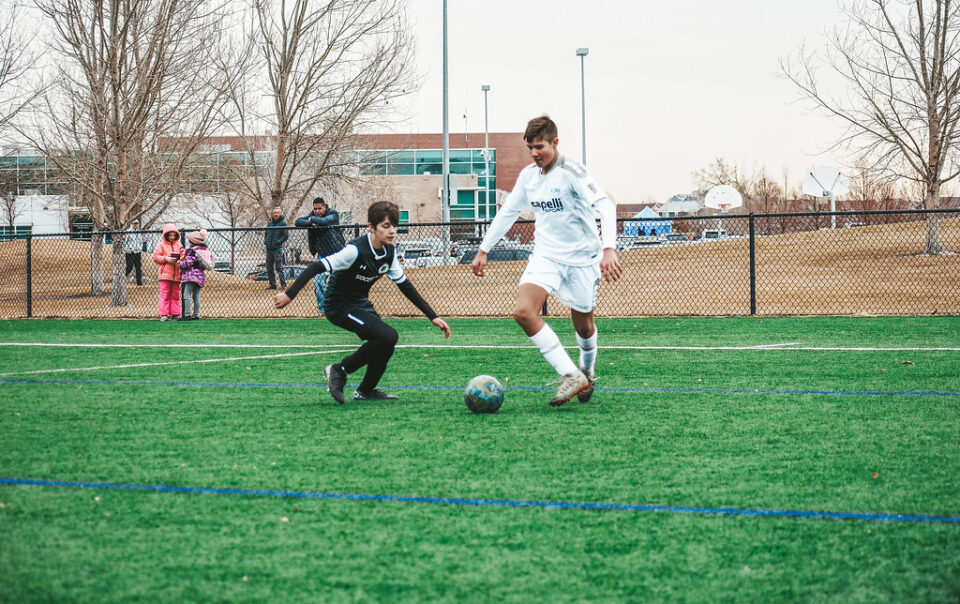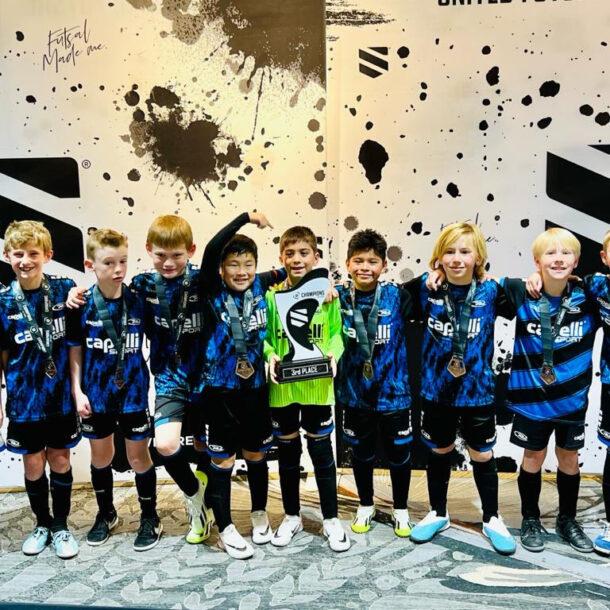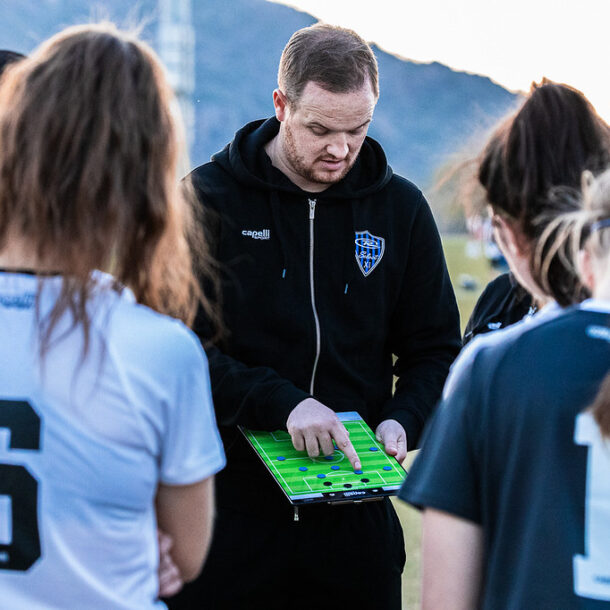
Thanksgiving gives us the opportunity to spend quality time with our friends and families, and we tend to make some ‘temporary exceptions’ in our diets. That’s ok! Yet we can still learn how to manage our plates to enjoy these times without getting too much out of track. That’s what this webinar by Amanda Turner is about. Hope you enjoy it!
Amanda Turner is a Sports Dietitian at the Sports Medicine Center at the Children’s Hospital, in Colorado.
The holidays come and there are so many tasty things to eat that it is easy to get a bit out of track. Well, this webinar from Amanda Turner is not really about avoiding all treats but to learn about what our bodies need to perform and how we can combine nutrients for great holiday plates.
The first takeaway from this webinar comes from understanding that macronutrients are necessary nutrients that provide energy for normal metabolism and there are three types of them:
- Carbs (examples: Crackers, pasta, bread, granola bars, fruits)
- Protein (Chicken, turkey, beef, eggs, Greek yogurt)
- And Fats (avocado, nuts, coconut, oils)
All three of them are important as they provide different levels of energy and energy availability. In the post 7 Consejos Nutricionales Para Futbolistas, we compare macronutrients to three jars of cookies at different hand reach.
As Amanda shows, the level of activity has an impact over the plates that we serve. If we are completely off during the holidays or doing very little, our plates should be mostly equally balanced among veggies, grains, and lean protein, but on the contrary, during a high intensity period, you would increase the proportion of carbs to half of your plate.
One of the most common mistakes that Amanda describes, is plates that have protein and salad but no rice or bread or fruits – “You definitely don’t want to miss the carbs, as they’re your main source of energy in sports practice” – She comments.
Variety to ensure consumption of minerals is also highlighted by the presenter, and so is timing to optimize performance and recovery – “Those who eat every three hours approximately actually show the best recovery rates among all different profiles of eaters” – Amanda mentions and adds – “Before exercising, it is best to eat carbs, and after the workout it is best to consume carbs and protein for muscle synthesis and rehydration, especially within the first hour after the effort concluded”.
On a different note, Amanda highlights the importance of hydration. “It really depends on the person but it is important to drink water. How much? Eight 8-oz glasses might not be enough but also a gallon is generally too much for a soccer player”. Urine color tends to serve as a measurement of hydration and Amanda provides a color scale. Thirst, on the contrary, tends to be a bad measuring stick for hydration, you shouldn’t wait until you feel thirsty to drink water.
Lastly, Amanda offers a set of tips for the holidays and shows us some holiday plates examples:
- Get In Your Fruits & Veggies (3+ Servings A Day)!
- Stay Hydrated!
- Don’t Skip Meals!
- Enjoy Your Favorite Foods!
Watch the webinar and learn more.


